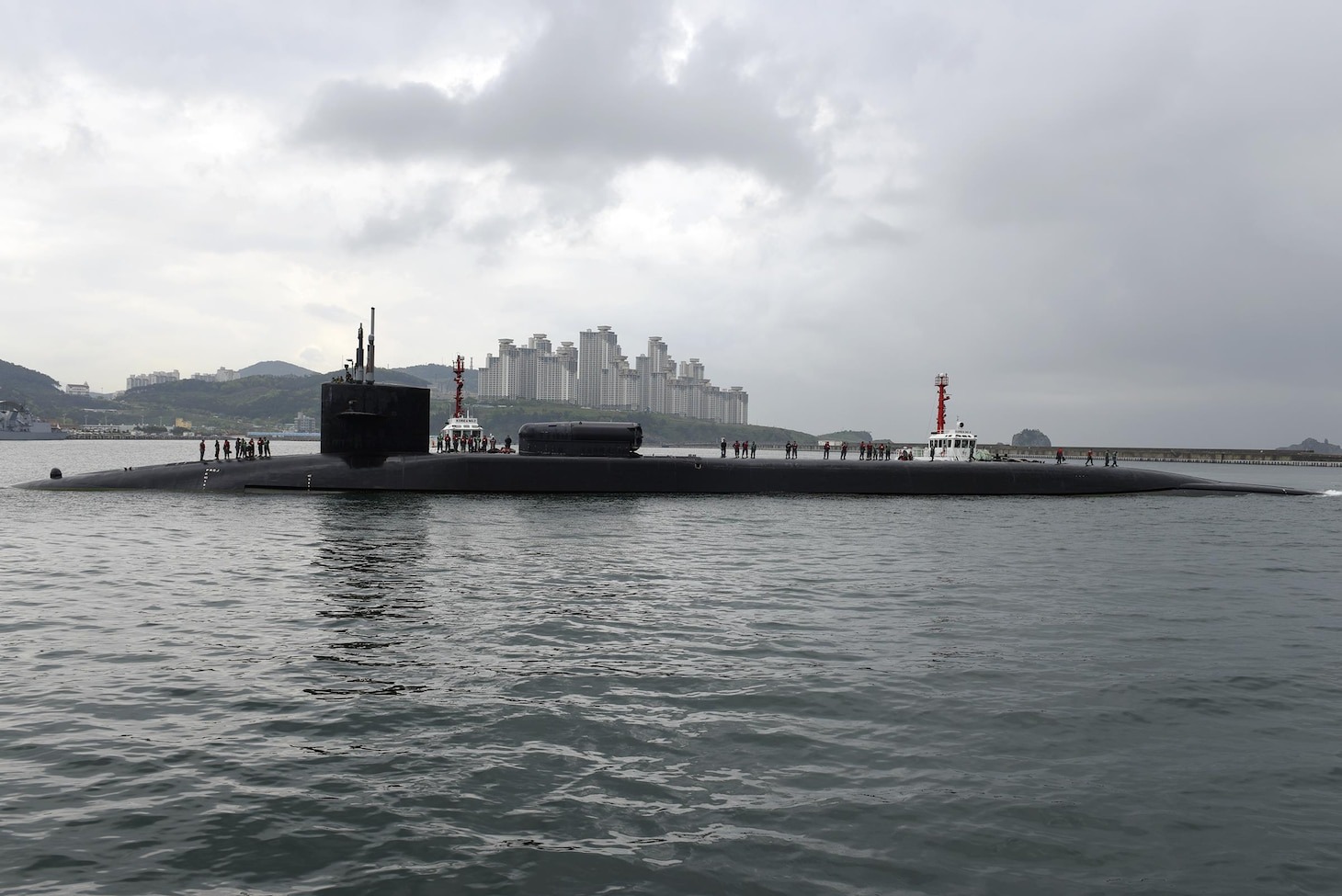
The USS Michigan submarine arrived in South Korea in 2017.
Yonhap news agency reported on June 16 that a US nuclear-powered ballistic missile submarine had just arrived in South Korea for the first time in six years, a day after North Korea launched two ballistic missiles.
The 18,000-ton USS Michigan submarine docked at Busan port, 320 kilometers southeast of Seoul, after Pyongyang fired two short-range ballistic missiles into the eastern sea.
The arrival of key US Navy assets in South Korea comes after the US pledged to increase the permanent presence of strategic assets on the Korean Peninsula through the Washington Declaration issued by South Korean President Yoon Suk Yeol and US President Joe Biden at a summit in Washington in April.
"The submarine's visit to South Korea is aimed at substantively implementing the agreement in the Washington Declaration made in April to increase the regular presence of strategic assets on the Korean Peninsula," said Vice Admiral Kim Myung-soo of the South Korean Navy.
During the submarine's visit, the South Korean and US navies plan to conduct special exercises to enhance coordination and capabilities in operations such as responding to threats they say come from North Korea.
The ship also participated in many friendly activities to celebrate the 70th anniversary of the alliance between the two countries.
US says it is under pressure to modernize nuclear weapons from China and North Korea.
Tensions escalate
North Korea has not commented on the development, but has previously reacted to the Washington Declaration. KCNA quoted Kim Yo-jong, sister of North Korean leader Kim Jong-un, as saying the agreement reflected a "will to act" against North Korea in a "most hostile and belligerent manner".
Ms. Kim said the deal would "only put peace and security in Northeast Asia and the world at greater risk," and warned that changes in the security environment would only prompt Pyongyang to take "more decisive actions."
On June 15, the US and South Korea concluded the fifth and final round of their joint live-fire drills at a training ground near the inter-Korean border.
Before the exercise, the Korean Central News Agency (KCNA) said the exercise was "a continuation and extension of the war drills against the DPRK." The article said that such an exercise against "a nuclear power" was "absolute nonsense."
The last time the US sent a ballistic missile submarine to South Korea was in October 2017.
South Korea collects North Korean missile debris
In another development, Reuters reported on June 16 that the South Korean Joint Chiefs of Staff (JCS) said it had found underwater part of a North Korean rocket used to launch a failed satellite last month.
The debris was found on the evening of May 15 and the search is continuing. On May 31, North Korea launched a rocket to put its first spy satellite into orbit, but it failed and fell into the sea.
South Korea has launched a salvage operation after the missile crashed into the sea off the western island of Echeongdo. The South Korean military said specialized organizations will analyze the object recovered from the North Korean missile.
Source link









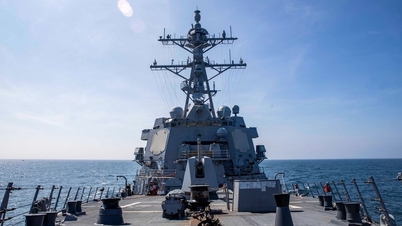
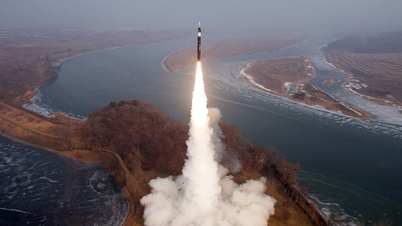
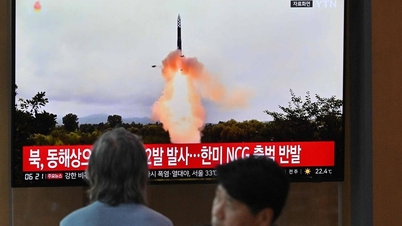
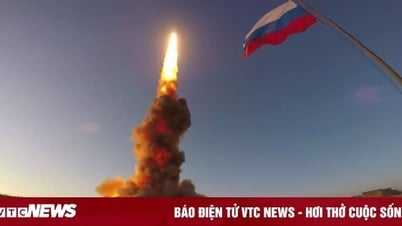



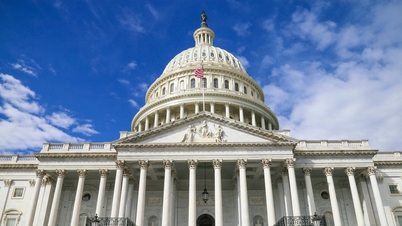




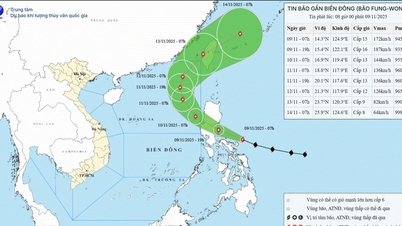


















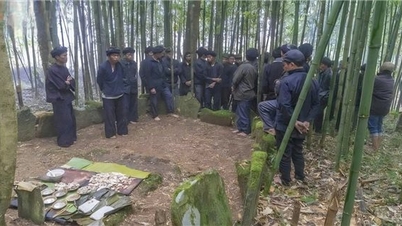















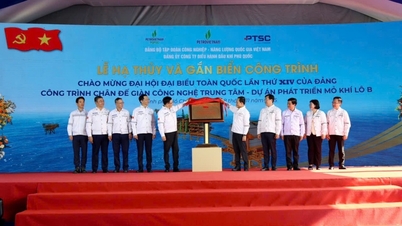
















![[Infographic] Vietnam's stock market exceeds 11 million trading accounts](https://vphoto.vietnam.vn/thumb/402x226/vietnam/resource/IMAGE/2025/11/09/1762677474332_chungkhoanhomnay0-17599399693831269195438.jpeg)





















![Dong Nai OCOP transition: [Part 2] Opening new distribution channel](https://vphoto.vietnam.vn/thumb/402x226/vietnam/resource/IMAGE/2025/11/09/1762655780766_4613-anh-1_20240803100041-nongnghiep-154608.jpeg)













Comment (0)